Connecting with Water Through Imagination, Myth, and Art
The barge art session hosted by Sarah Pimenta and Pia Jones was reviving.
Sarah is a participatory print artist and illustrator, who has set up a creative enterprise called Social Fabric, which brings together the stories of community and society through narrative infused textiles.
Pia is an art therapist and author who works with art, nature, storytelling, and myths with communities of all ages, and is the author of Therapeutic Fairytales and Rewilding Children’s Imaginations.
Both practitioners are incredible at what they do because they put their souls into not only the preparation of the workshop, but the journey from beginning to end, to allow room for the best experience for the children.
The children from Edith Neville Primary School were present, engaged, and happy. Helping to facilitate the workshop was a way of rediscovering my joys when working with younger children, as I was exposed to their unique creations, inside their own little bubbles, playfully and innocently expressing their own adaptations of underwater portals, bursting with colour and mess.
It was a space where primary school children could take a break from the bounds of the everyday classroom; where their minds were free to wonder, flowing like water. On the barge, the water surrounds them, submerged even deeper into the depths of their minds.
They were immersed into their stories as they intuitively drew their own water creatures and characters whom they imagined, as they closed their eyes, through a guided visualisation and storytelling practice. Sarah and Pia swept them away with words to the bottom of the deep water beds, where they encountered their watery friends, as the children were asked questions of what they saw and how they felt. This encouraged them to bring their own adaptations of the story telling to life. This helped to follow the next step, which was to draw what they had visualised onto their paper.
They used their drawings as a tracing sheet which they put under their paper portals, sticking layers of materials on the sticky back plastic on top. We pegged their portals up on some string throughout the different stages of their evolution. When the light shone through them, they lit up.
They were able to see their portals through a different light; a different perspective. With each step, they made progress, bringing their imaginations to life with tissue paper and tinsel, adding colourful handmade beads that they thread onto the tail of some string which hung down, which resembled a dream catcher.
A couple of children burst into song, singing the water song they had been practising at school. Then, like a ripple effect, one by one, two by two, they all started to sing. It was a magical moment and I felt pureness and a heartwarming energy. How content they were! No doubts to just sing in the moment together; to be.
Unfortunately, as I think their school teachers didn’t know much about Global Generation’s ways of working, and maybe they felt singing was disconnected with the activity, pupils were quickly hushed and told to concentrate on the task at hand. This is understandable based on the conditions of learning in a typical classroom setting, but sometimes the ‘task at hand’ becomes curious and extends its arms to reach to different forms of expression, to reach to new potential and possibly to full potential. So I have asked myself, is this, what is deemed as distraction? And must it always be a bad thing? For me the answer is no.
That moment was another example of an inquiry of mine; a thought that I have also explored through my university dissertation: the relationship between art and compromise, societies roles and integrity. Between freedom and control, and exploring the idea of creating spaces which don’t restrict personal expression. This is why I enjoyed the art session a lot, and its therapeutic infusion, as I was able to surround myself within spaces which engage with these themes.
At the end of the session, each portal was hung up on a hoop and each child got to stand up and show off their work in front of everyone, as facilitators commented and asked questions about their process and choice of colours. This made them feel special as each child had a chance to shine, and each comment was individual to their creations.
Our bodies are 60% water. Water is the most abundant molecule in the human body, it's present in every cell, tissue, and organ, When we're exposed to heat or engage in physical activity, we sweat to release heat and cool down, then we drink water to hydrate us from releasing some of the water we've sweat out, then we pee it out! And the cycle continues. Our bodies are vessels of water and the water heals and renews us continuously.
I think water can show us the way in which we can flow through obstacles as humans, and express all of our unique forms, such as being still, gushing out, being loud, being fast, being slow, being messy, being angry, being calm, being excited, crying. Within these natural processes, the water takes on different forms whilst still contributing and merging with the biodiversity it travels through, which in return shapes its environment and thus, reshaping its destiny. It is never fully contained. Water is on a journey. So are we.
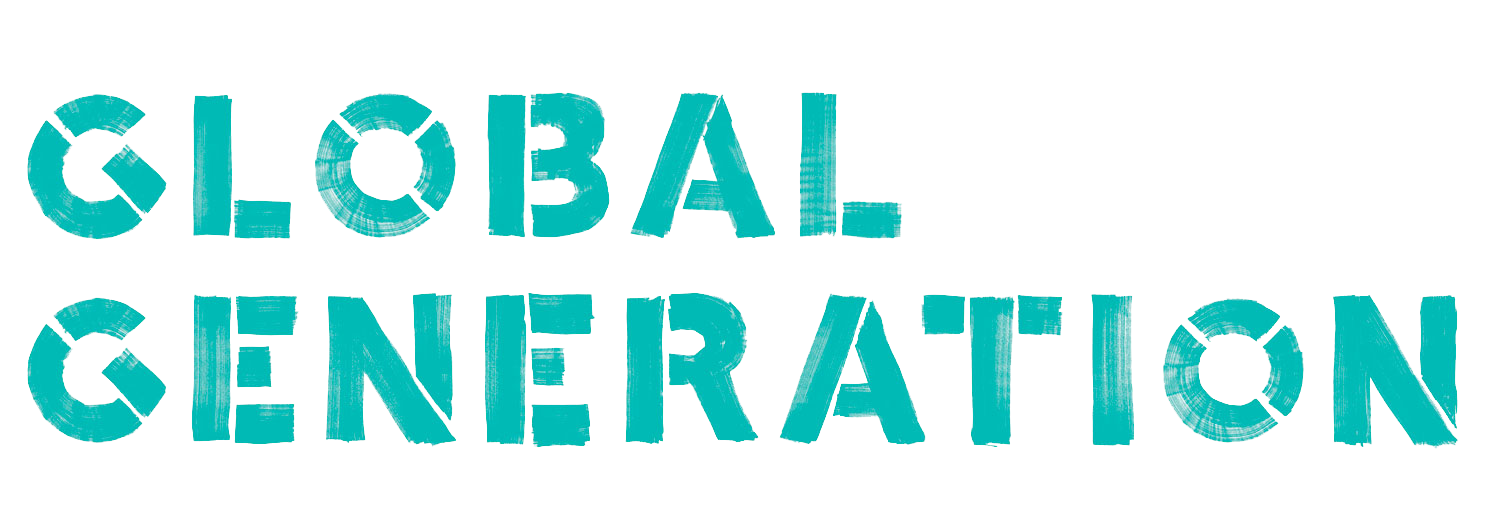

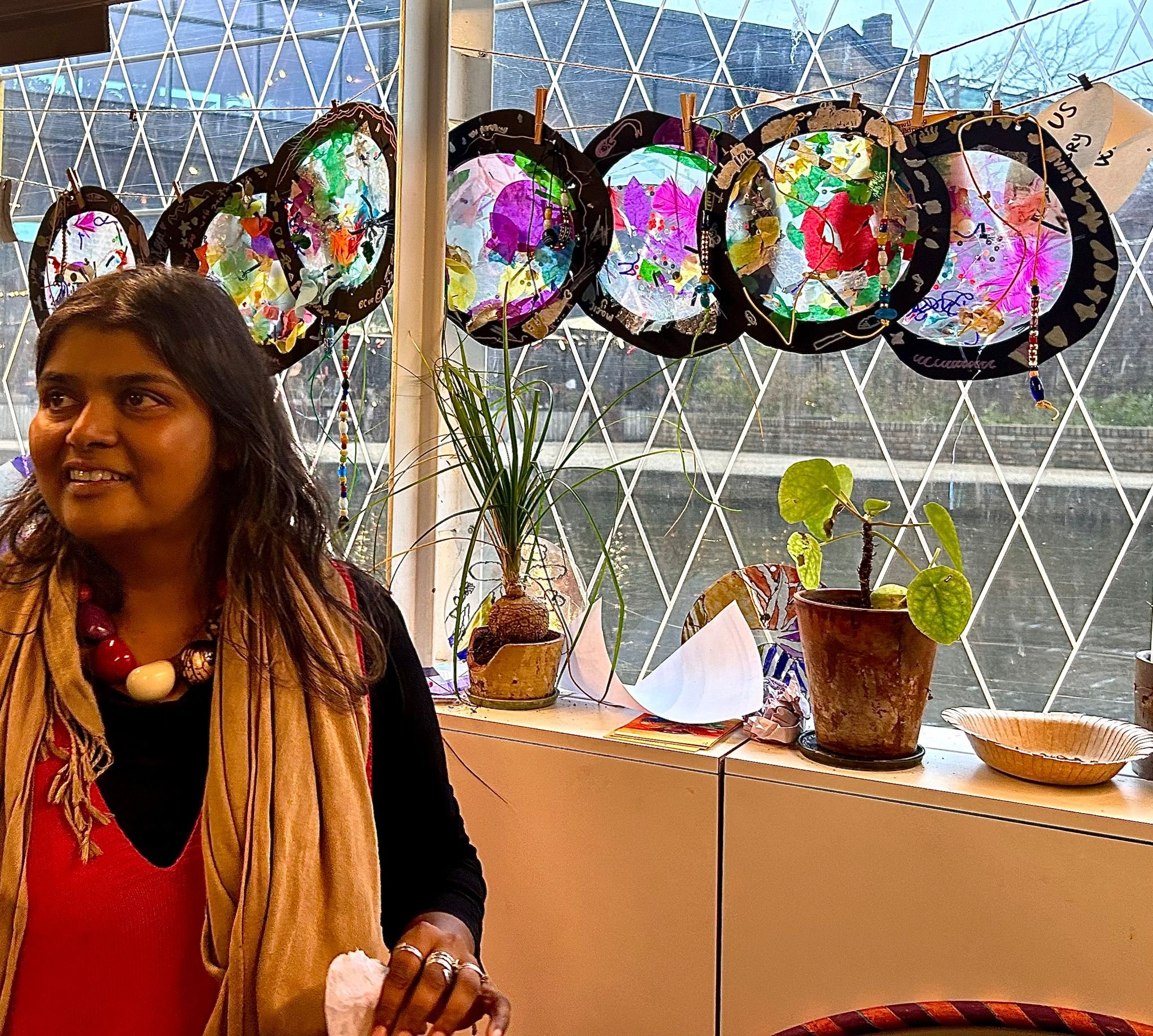
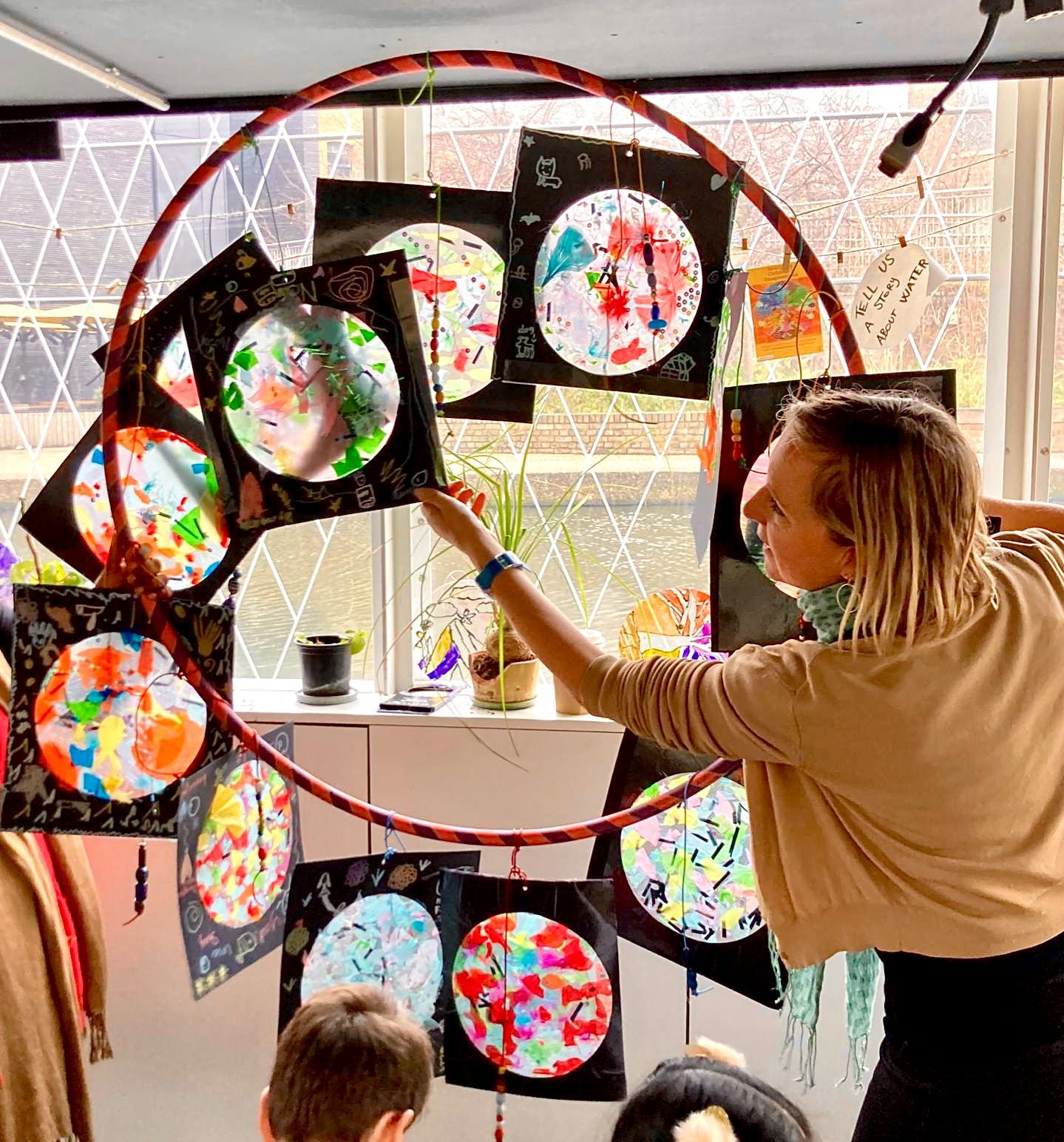

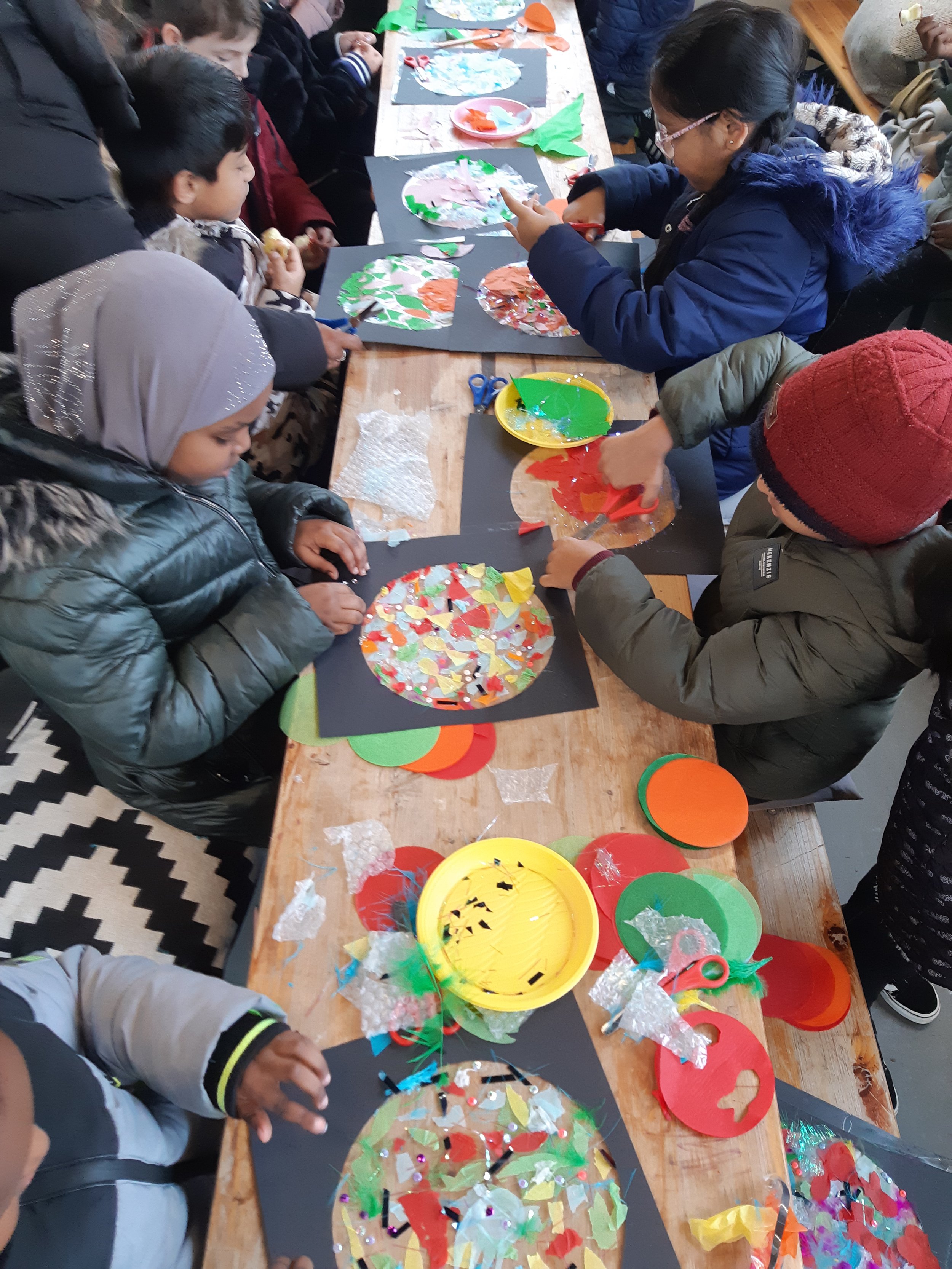

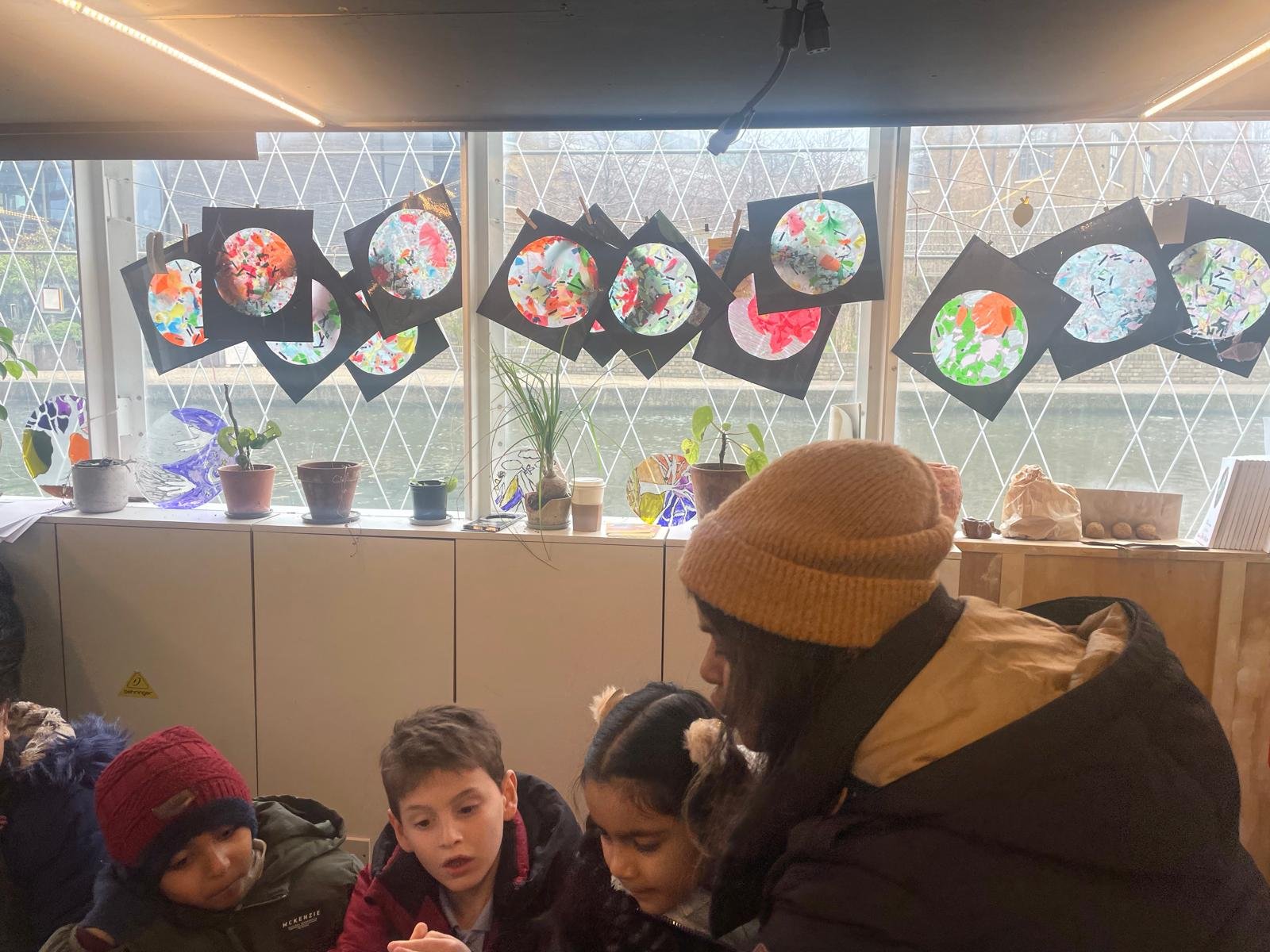
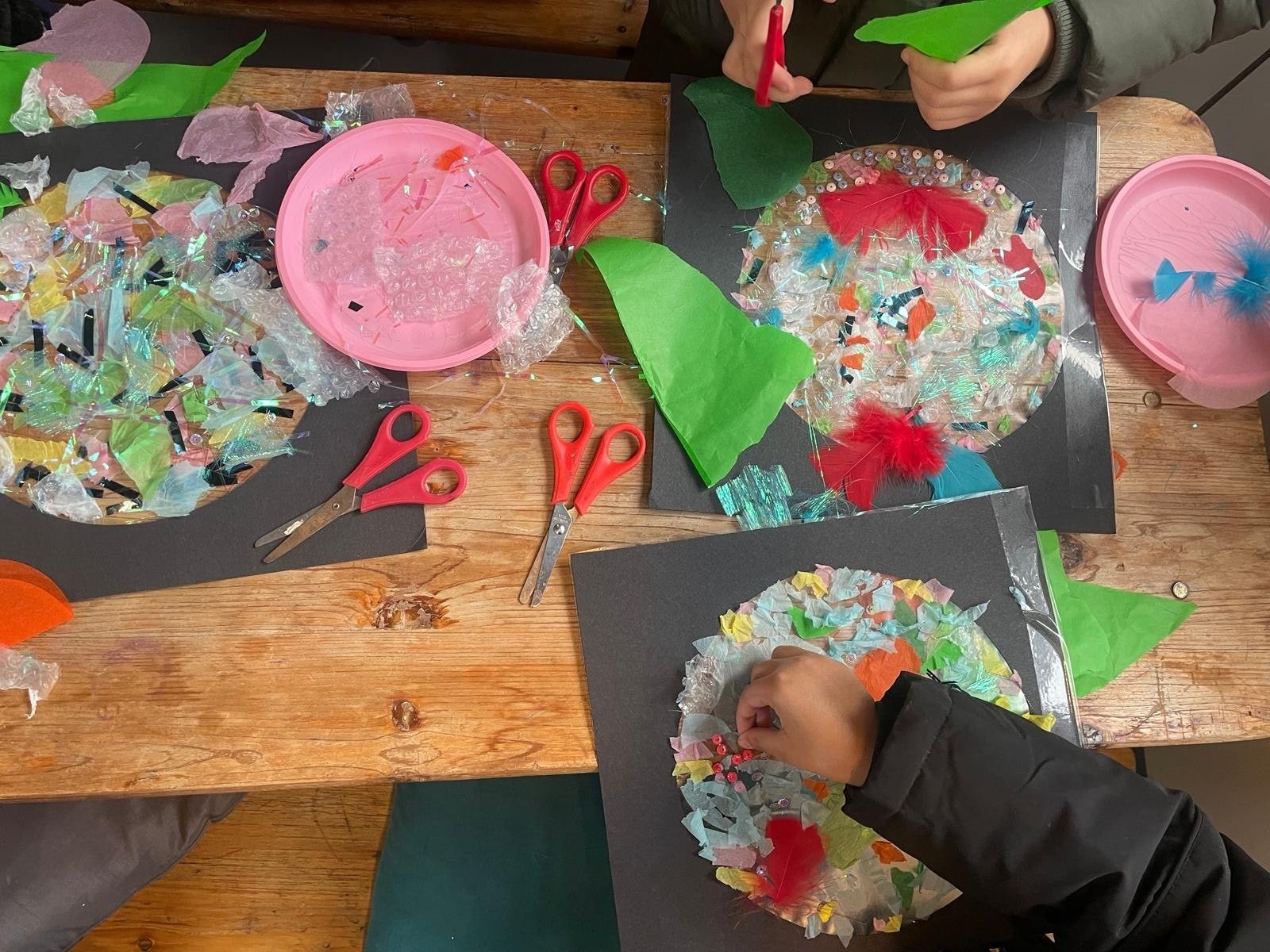
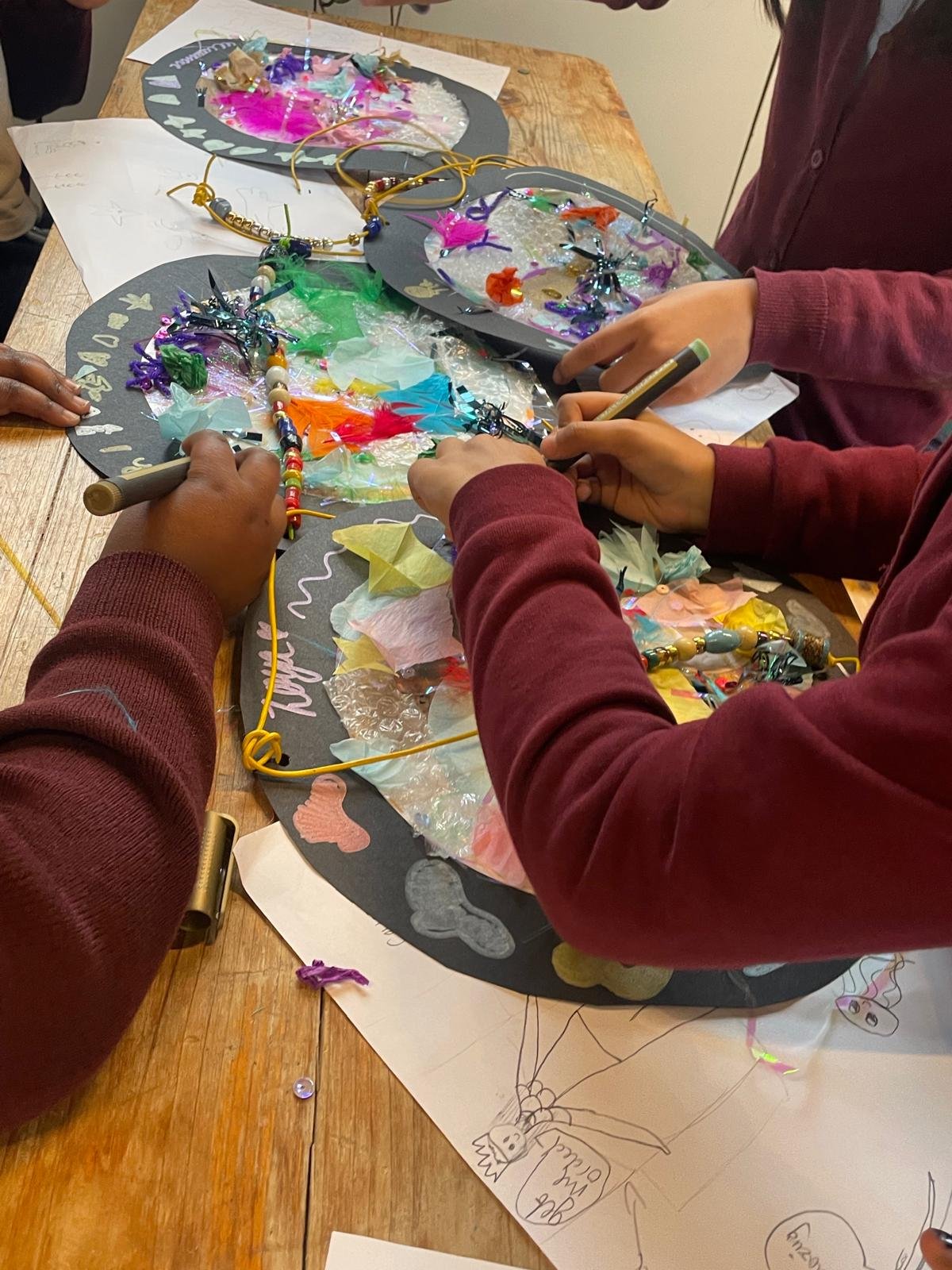
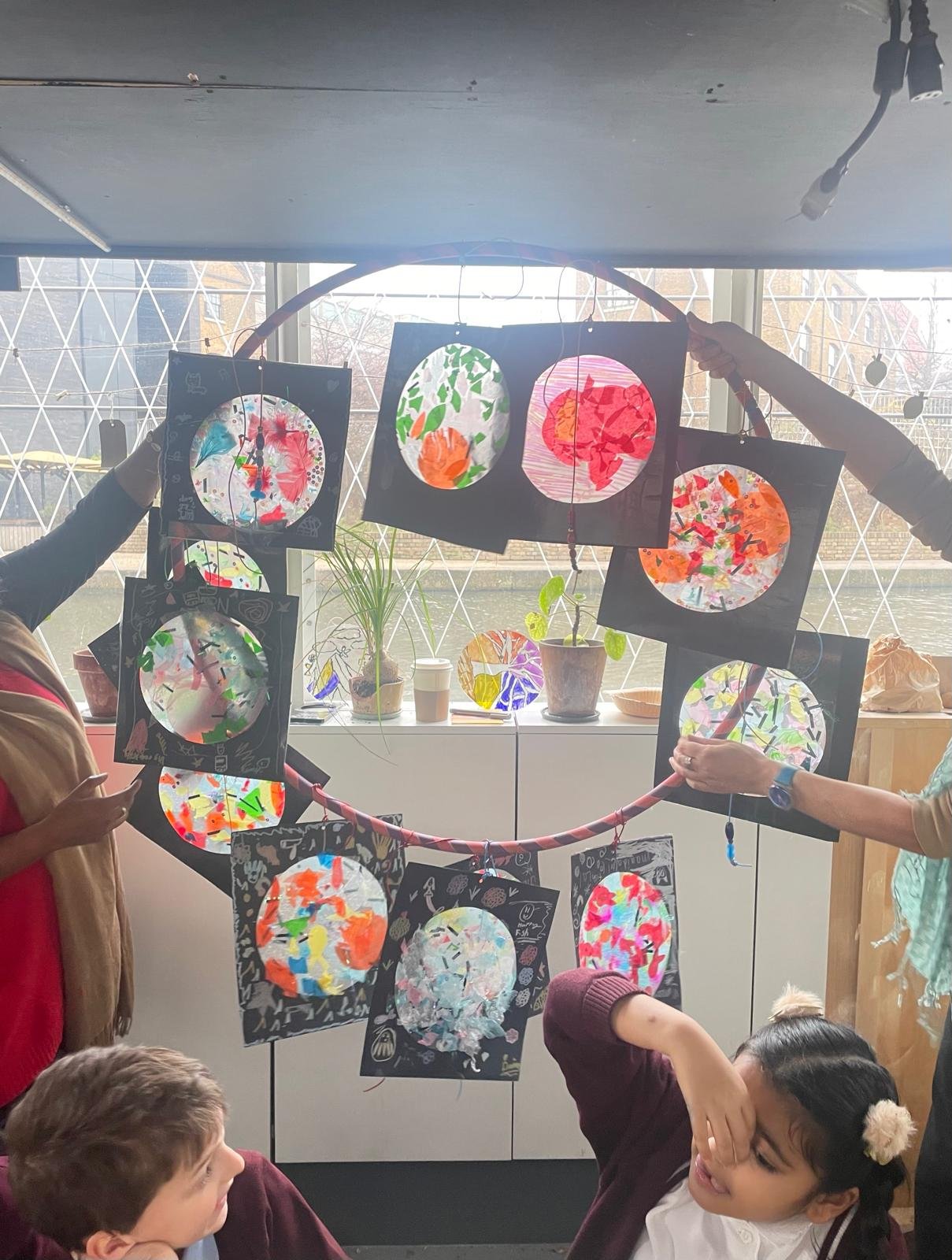


Meet our second cohort of earth build trainees! Their focus has been on all things wood, including green woodworking and the timber construction of the kitchen. They have learned on the job, while working on our sustainable natural build construction project to create our first permanent community garden, at the #TriangleSite.